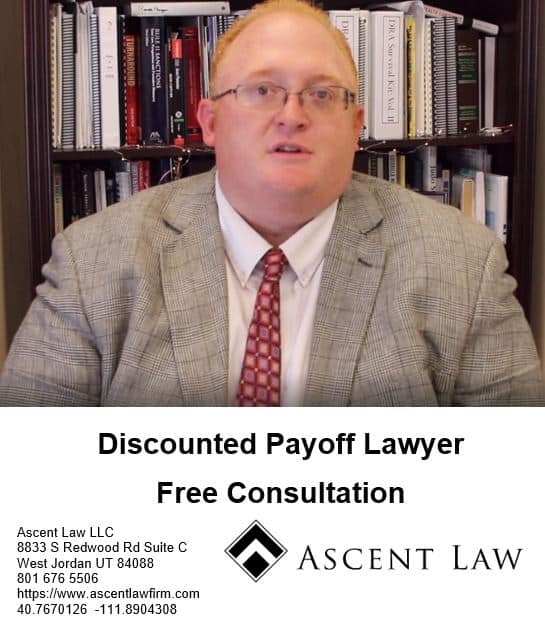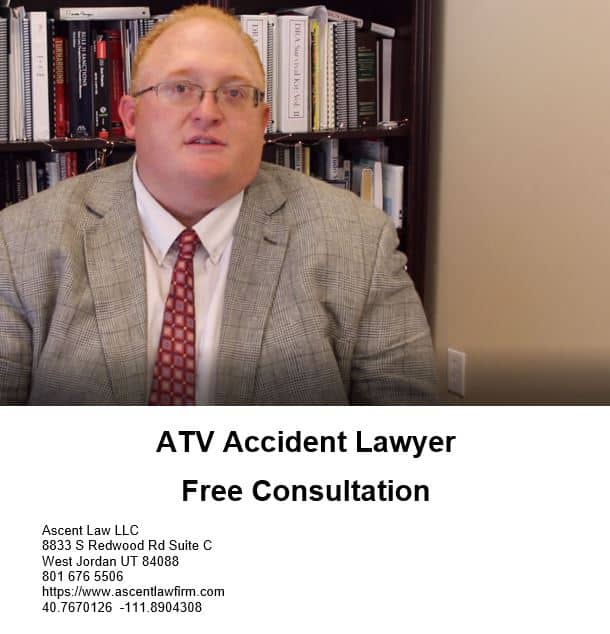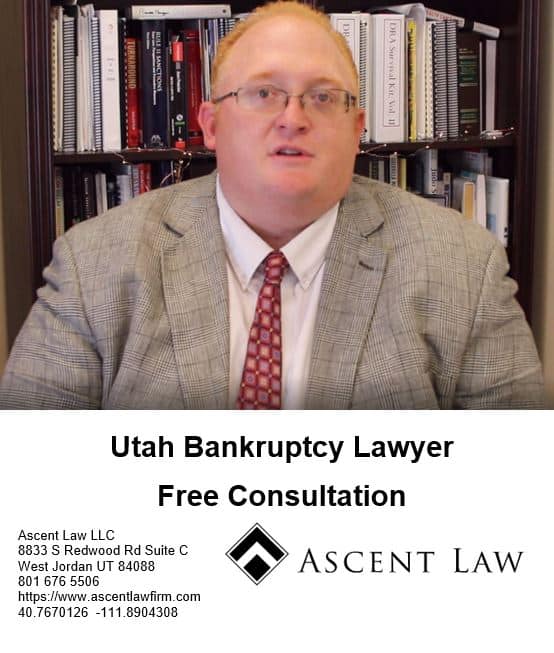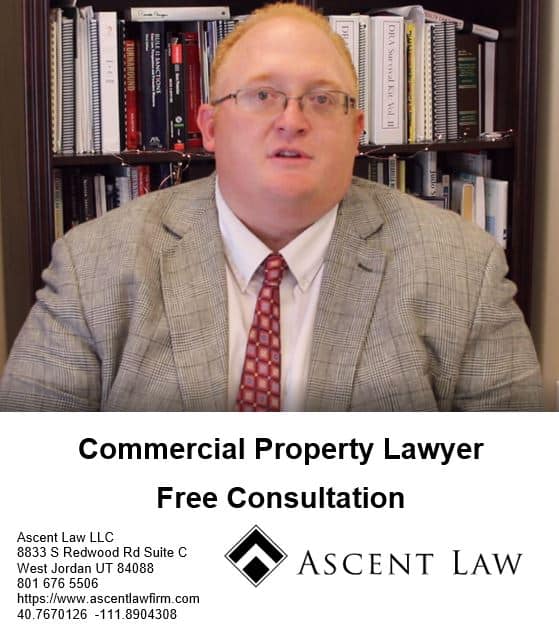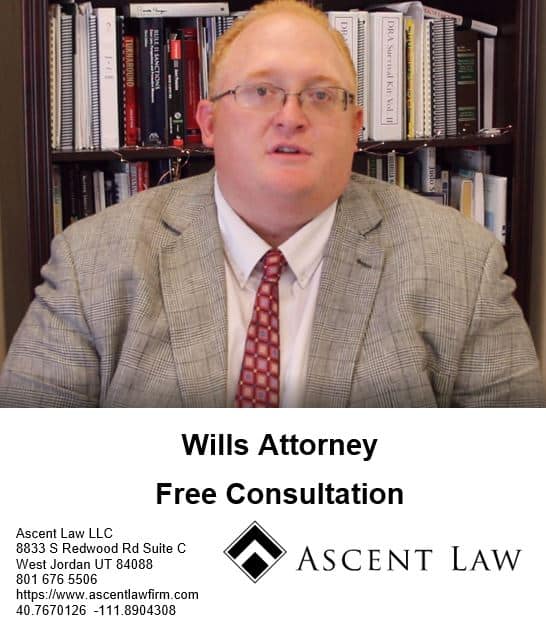
No. You can’t. If you do that, you will did not follow will formalities.
Why are wills written by lawyers almost always notarized? It is not the will itself that is notarized, but rather the self-proving affidavit that is attached to the will. When a person’s will is presented for probate after the person’s death, the will must be proved. The word “probate” comes from the Latin “probare”, meaning to test or to prove. In probate, we are proving the will.
How to Make Up a Simple Will and Have It Notarized
Your will designates who is to receive your possessions and assets when you pass away. If you die without leaving a properly executed will, confusion or uncertainty may arise regarding the distribution of your property and how your physical remains should be handled. A will does not have to be signed by a notary public to be legally binding, but a notary’s signature helps to establish the validity of your will.
• Handwrite or type a title for your will, such as “Last Will and Testament.” Below this title, write your full legal name, your present home address and your Social Security number or other identifying information such as your date of birth.
• Write a paragraph affirming that you are of sound mind and memory at the time of writing the will; your wishes are expressed in the document without undue duress or influence from any other person; all previous wills are now revoked; and at the time of writing the will, you are of legal age to create a will. In Utah, the minimum age to write a will is 18.
• Designate an executor for your will. You can also name an alternate executor to serve if your first choice is unwilling or unavailable. Often, the executor is either your spouse or the principal beneficiary of your will.
• Name your beneficiaries in your will. Explicitly state what possessions or assets you wish to bequeath to each person, and make sure their identities are clear – use a full name and date of birth to identify each beneficiary. If you have a spouse and do not wish to make that individual a beneficiary of your will, you should seek legal counsel for advice on how to exclude your spouse from your will.
• Specify any wishes you have as to your funeral arrangements. If you have specific desires for how your remains should be handled, state them in the will.
• Place your signature at the end of the will. Your signature should be preceded by a statement that you signed the will before designated witnesses on a particular date. Do not sign the will until your witnesses are present. Leave a signature space for a notary public.
• Secure the services of a notary public before you sign your will. Many bank branches have notaries on staff, as do most law firms. Take your will to the notary’s office and sign in the presence of the notary and your witnesses.
Where You Can Go Wrong With a Do-It-Yourself Will
It is possible to write a will all by yourself, type up on a piece of paper detailed instructions on the distribution of your worldly goods after your death, without the help of an attorney. But if you are planning anything complicated, this might have all the authority of a grocery list that has been notarized. And when there are mistakes, it is possible that the survivors of the deceased will end up in court, spending thousands of dollars to contest a will. Another complication is that each state has its own rules. Some states recognize oral wills; some don’t. In some states, you have to have the will signed at the end and witnessed by two disinterested parties. But some states require three signatures. Even if no one contests your will, the courts still have to follow the letter of the law. Many courts will not validate provisions if the will is not properly executed (with the proper notarization and number of witnesses). Courts will also balk at provisions that do not make sense. Even uncontested wills can remain in expensive probate limbo, Because of the disparate nature of do-it-yourself projects; there are no aggregate statistics on how many people across the country file their own wills each year.
Here is what can go wrong, and how to avoid it:
• Naming an executor: Designating a trusted individual to carry out your last wishes is a complicated choice. Whom you choose is the real linchpin to the proper closing of your estate. Do not simply pick someone who cares about you, but someone who either has some financial acumen or knowledge of the law or better yet, both.
• Leaving stuff to pets: If you want to make sure that your pet is taken care of, then don’t leave your pet money in your will. Instead, you need to provide for your pet’s care through a human. The individual should be sure to leave the named caretaker with all of the information he or she will need to care for the pet.
• Putting conditions on heirs to receive payouts: This can lead to problems in court. “Often the conditions aren’t spelled out with sufficient clarity,” Sometimes the courts find the conditions illegal or impractical to enforce. For instance, if a parent wants their child to lose 20 pounds or graduate from college before receiving money, someone has to stick around and make sure that the condition is enforced, and that can mean paying an executor additional fees for a long time.
• Designating unusual end-of-life decisions: The main problem here is that some consumers confuse wills with living wills. If you put in your will, for instance, that you do not wish to be placed on life support in the event of a medical emergency, that document is not likely to be read until after you die, or possibly when you are in a lengthy coma. By then, it is too late.
• Designating guardians for children: The failure to fill out a legal document designating a guardian for your children is a common error, says an expert, as is not having a backup, in case the first guardian gets sick or dies.
• Failure to coordinate beneficiary designations: You may have a life insurance policy or retirement account that has a beneficiary named as part of the process. If you have something different listed in the will, what is on the account takes precedence. So you may put in your will that you want your best friend’s son, whom you always regarded as “family,” to receive the funds from your 401(k). But if you die without having designated a beneficiary on the actual account, or have named somebody other than your best friend’s son, the money likely will not get to him. The funds will go to the named beneficiary first, and then will follow a hierarchy through your blood relatives.
• Funeral instructions: This is similar to the living will confusion. Most wills are not found or submitted to probate until after the funeral has taken place. If you are going to put your funeral instructions in a will, it’s advisable that you alert your executor, the person you name to handle the details of the will.
• Dealing with blended families: It probably won’t be contentious if the family gets along, but if you know your kids from your second marriage don’t think much of your kids from the first, you may want to consider taking inventory and being very clear about who gets what of your belongings. People will fight over scarves and jewelry, even though there’s no value to them. It isn’t the money so much as the principle over it.
Statutory Requirements for a Valid Written Will
The will must have been executed with testamentary intent;
• The testator must have had testamentary capacity:
• The will must have been executed free of fraud, duress, undue influence or mistake; and
• The will must have been duly executed through a proper ceremony.
Testamentary intent involves the testator having subjectively intended that the document in question constitute his or her will at the time it was executed. Ordinarily, the opening recital, e.g., I, Jane Doe, do hereby declare this instrument to be my Last Will and Testament . . .” will suffice.
Testamentary Capacity
In addition to testamentary intent, the testator must have the testamentary capacity, at the time the will is executed. Generally, it takes less capacity to make a will than to do any other legal act. As guidance, a four-prong test is often used. The testator must:
• Know the nature of the act (of making a will)
• Know the “natural objects of his bounty”
• Know the nature and extent of his property
• Understand the disposition of the assets called for by the will.
A common modification to the above list of requirements is that the testator be of sound mind and capable of executing a valid will. Accompanying the competency standard is a minimum age requirement, which is usually age 18.
Signature Requirements
Most courts take a liberal view as to what constitutes a testator’s signature. These standards range from the testator’s first name, nickname or even an “X” by an illiterate person. Additionally, proxy signatures (made by another person) are acceptable, as long as the signing is at the testator’s direction and in his or her presence. In order for the testator’s signature to be valid, it has to be done as a volitional act by the testator. Although someone can assist the testator in this task, the signing must still be at the testator’s direction. In most states, there is no requirement that the testator sign at the end of the will (subscribe his signature). The signature can appear anywhere, provided it was intended by the testator to be his signature. In many jurisdictions, the signature must be at the end of the will to be valid. In these jurisdictions, even deciding where the end of the will is can create uncertainty. Some jurisdictions apply an objective test requiring the testator to sign at the physical end (or last line) of the document.
In contrast, some jurisdictions say that what constitutes the end is a subjective test, holding that the logical or literary end is the appropriate place for the signature. Here, the question is whether the testator subjectively thought that he was signing at the end of the will. Signing anywhere can create confusion as to the effect of provisions that may appear after the testator’s signature. Historically, if there were material provisions appearing after the testator’s signature, the entire will was void. The modern view is that everything appearing before the signature is given effect; but the provisions that follow the signature are void (even assuming they existed at the time the will was made). An exception to this view is if the provisions following the signature are so material that deleting them would subvert the testator’s testamentary plan. In such a case, the entire will is void.
Witnesses, Attestation and Self-Proving Affidavit
In addition to the testator signing the will, it also has to be signed by witnesses. Like the testator, the witnesses must possess certain minimal qualifications or their attestations may be legally insufficient to validate the will. Specifically, the witnesses must be competent, they must be mature enough and of sufficient mental capacity to understand and appreciate the nature of the act that they are witnessing and attesting to, so that, if needed, the witnesses could testify in court on these matters. A witness usually is judged incompetent to serve as a witness to the will if the person is also an interested witness. An interested witness is one who is a beneficiary under the will. At common law, the will was denied probate in those instances. Most states require only an acknowledgement to the witnesses by the testator that his signature appears on the document. Most courts are indifferent about whether the attesting witnesses or the testator signs first. Most jurisdictions define presence as the testator being conscious of where the witnesses were and what they were doing when they signed. Other jurisdictions dictate that the presence test is only satisfied if the witnesses are in the testator’s line of sight when they signed.
Absence of fraud and undue influence
• Fraud is one ground to invalidate a will. Fraud involves:
• False statements of material facts,
• Known to be false by the party making the statements,
• Made with the intention of deceiving the testator,
• Who is actually deceived, and
• That causes the testator to act in reliance on the false statements.
Fraud in the execution involves the testator being deceived as to the character or contents of the document he is signing. Fraud in the inducement involves the testator making the will or writing a provision that relies upon a false representation of a material fact made to him by one who knows it to be false.
Undue influence involves substituting another person’s will for that of the testator. The factors of undue influence are:
• a susceptible testator;
• another’s opportunity to influence the testator;
• improper influence in fact; and
• the result showing the effect of such influence.
Undue influence is difficult to prove because the evidence must be substantial, going beyond mere suggestion, innuendo or suspicion. Merely having a motive, the opportunity or even the ability to exert undue influence is not sufficient to prove it actually happened. If the elimination of a provision created under undue influence does not defeat the overall testamentary plan, it can be stricken; the rest of the will is still valid. In contrast, if this revision alters the testator’s wishes for the disposition of his property, the entire will is set aside. Yet, the existence of a confidential relationship between a testator and a beneficiary may raise a presumption (often rebuttable) of undue influence, especially if the beneficiary played an active role in procuring the will and the disposition under the will is unnatural.
Absence of mistakes
If a testator somehow signs a document purporting to be his will but it is the wrong document, most courts will hold that there is no will. Generally, if a testator omits some provision in his will it cannot be added postmortem (after death), because a will cannot be reformed or revised once the testator has died. [In the next chapter we will review when extrinsic (outside) evidence is admissible; however, that is used for to clear up ambiguities, not to add new terms to the will. Conversely, a provision included in a will by mistake may be omitted by the probate court when the will is admitted to probate, if the mistaken inclusion is separable from the rest of the will. The deletion of the provision cannot substantially alter the overall will or the intent of the testator. This type of modification is similar to one found in contracts that allows a provision that is illegal or conflicting to be eliminated; however, the contract itself still remains valid. There can also be a mistake in the inducement, when a testator is mistaken about a material fact and makes no provision in the will because of it. Unlike fraud in the inducement, a mistake in the inducement will not cause the will to be invalid. Such innocent mistakes will not adversely affect the will’s validity. In effect, no relief is granted for the injured party. Although the will may not be invalidated or changed, the intended beneficiaries might be able to hold the attorney liable for negligent drafting. Ultimately, the testator is responsible for ensuring that the will accurately reflects his intentions. This is crucial, since once the testator dies; there usually is no way to rectify any problems with the will. Courts will not step in to rewrite someone’s will.
Special consideration for attorney-draftsman as beneficiary or fiduciary
Attorneys are held to a higher standard when it comes to undue influence claims. A bequest to an attorney is particularly susceptible to a claim of undue influence because of the confidential and fiduciary nature of the attorney-client relationship. Accordingly, many courts presume there was undue influence in instances where the attorney drafted the will.
Safekeeping of Wills
A testator’s first inclination may be to keep the will in a safe deposit box, along with other important papers. This option could cause delay in locating the will because access to a decedent’s safe deposit box to search for the will requires an ex parte court order. As an alternative, the will can be deposited in a will safe or vault of the attorney who drafted it. Lastly, for a nominal fee, the will can be deposited in the will safe at the surrogate court. This last option could be inconvenient if the testator decided to change the will at a later date. In some jurisdictions, process must be served on the beneficiaries and fiduciaries named in the earlier will if their rights and interests are adversely affected by the later will.
Wills Attorney Free Consultation
When you need legal help with a will, trust or estate plan in Utah, please call Ascent Law LLC for your free consultation (801) 676-5506. We want to help you.
8833 S. Redwood Road, Suite C
West Jordan, Utah
84088 United States
Telephone: (801) 676-5506
Recent Posts
Chapter 11 vs Chapter 13 Bankruptcy
Source: https://www.ascentlawfirm.com/can-you-just-write-a-will-and-get-it-notarized/

